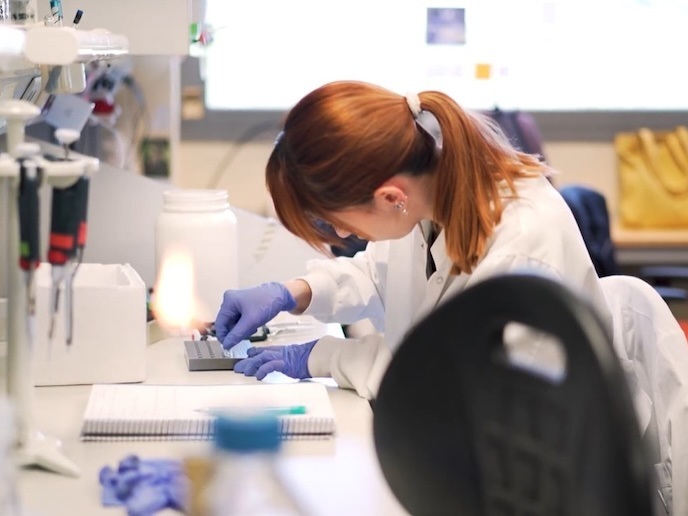Close-up on driver safety technology
High-tech advances that enhance the safety of vehicles are taking the transport industry by storm. Sophisticated sensors, technical improvements and more robust materials are all being developed and integrated into cars, trains and boats. However, the EU wants to ensure that all these advances are as effective and useful as their developers promise. To address this concern, the EU-funded project 'IT for error remediation and trapping emergencies' (Iterate) developed a model of driver behaviour to develop, assess and validate innovative technologies. The model was designed to consider driver interaction with support systems and help in refining new technologies that support drivers in critical situations. It can also be used by authorities to approve new technologies without the need to conduct large-scale experiments and field trials. The model is based on the principle that the underlying factors influencing human behaviour, like age, gender and culture, are constant between transport modes. This has enabled the project team to produce a unified model of driver behaviour. In addition, the team developed a resource from results of experiments it conducted during the project so that the research community can benefit from its use. To achieve its aims, Iterate built two portable simulators with LCD screens that were used in experiments aimed to test the model with 183 car drivers and 110 train drivers in 5 countries. It found that the newly developed small-scale portable simulators were as effective as their large-scale counterparts in studying driver behaviour. The project then fine-tuned the simulators even further and carried out experiments aboard sea-faring vessels as well. Although the technology did prove useful aboard ships as well, the team concluded that it was more effective in road transport vehicles. Overall, the Iterate team produced a solid theoretical model of driver behaviour that applies to different transportation modes. It completed the database of simulator experiments and developed a viable simulation tool for driver behaviour. Other project deliverables include a new book on 'Human modelling of assisted transportation', and more than 20 publications based on the project's work. Team experts strongly believe that the simulation tool can help develop better advanced driver support systems and contribute to both safety and mobility aspects of driving behaviour. The project's results are slated to impact traffic safety positively and lower road fatalities by supporting the development of more viable and cost-effective systems that improve safety. Testing of new safety systems will reach a new level and the benefits will filter down to drivers on the roads, contributing to the EU's road safety targets for 2020 and beyond.







